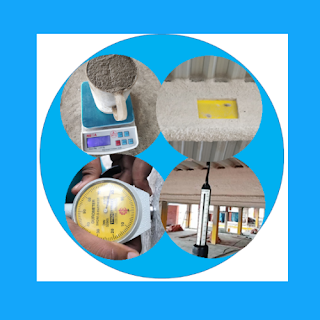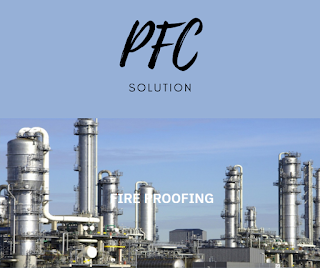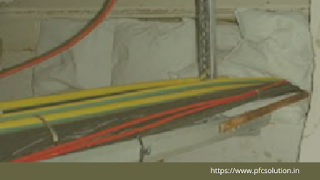Fire sealants prevent fires and save
lives
Not only is fire prevention important but also
fire containment. Although the prevention of fires' origin is essential, it is
also necessary to contain the spread of flames, heat, and toxic gases,
says Fire sealant in India.
According to statistics, if the firefighters
fail to intervene within the first minutes of the fire initiation, the
probability of a generalized spread begins to grow exponentially, with the
final result being a building engulfed in flames and severe consequences of
material damage and loss of human life. The potential severity of such
widespread is intimately associated with the construction characteristics of
the building.
Fire barriers
Within the construction of a building, the
most common means of containing fire is separation by walls, whose efficiency
will depend on the wall's material, thickness, the through openings, and its
excess height concerning the ceiling.
However, since in every construction there
will be artifacts and people, it is necessary to provide motive power services,
water, air conditioning, telephony, computing and therefore the walls must be
penetrated by the cables and pipes that transport these services from one place
to another through holes, which may also be traversed by fire, heat and toxic
gases (those that suffocate and kill), thus reducing the fire resistance power
of said walls.
To restore the "fire-breaking" power
of the walls and ceilings, all the holes must be sealed with a material capable
of maintaining the wall's fire resistance; for this purpose, there are
so-called fire-stop sealants.
Properties of fire sealants
Flexibility
Allows wall or hole to expand or contract,
adapts to locations with multiple temperature changes, vibrations, or seismic
movements.
Types of fire sealants
Intumescent acrylic sealants for
service cable/duct passage
It is an elastomeric sealing substance
designed to prevent the passage of fire from one room to another in the passage
openings where there are utility pipes such as cables, trays, non-combustible
material pipes or air conditioning ducts. Exposed to the fire's heat, the
intumescent material expands to fill the smallest gaps to maintain the
integrity of the seal and prevent the spread of fire from one compartment to
another.
When a specific bearing capacity is required,
high resistance to cracking and crumbling, mortars can be chosen in conjunction
with appropriate reinforcements.
When the cables transmit data or
communications, it is advisable to use a metal frame that, on one side,
contains the heat-reactive intumescent material and that on the other provides
rigidity, this frame has a movable stop for the case in which it has to be
placed on pre-installed cables. Exposed to the heat of the fire, the
intumescent internal material expands and fills the frame, preventing the
spread of fire from one compartment to another.
When a certain
bearing capacity is required, high resistance to cracking and crumbling,
mortars can be chosen in conjunction with appropriate reinforcements.
When the cables
transmit data or communications, it is advisable to use a metal frame that on
one side contains the heat-reactive intumescent material and that on the other
provides rigidity, this frame has a movable stop for the case in which it has
to be placed on pre-installed cables. . Exposed to the heat of the fire, the
intumescent internal material expands and fills the frame, preventing the
spread of fire from one compartment to another.








